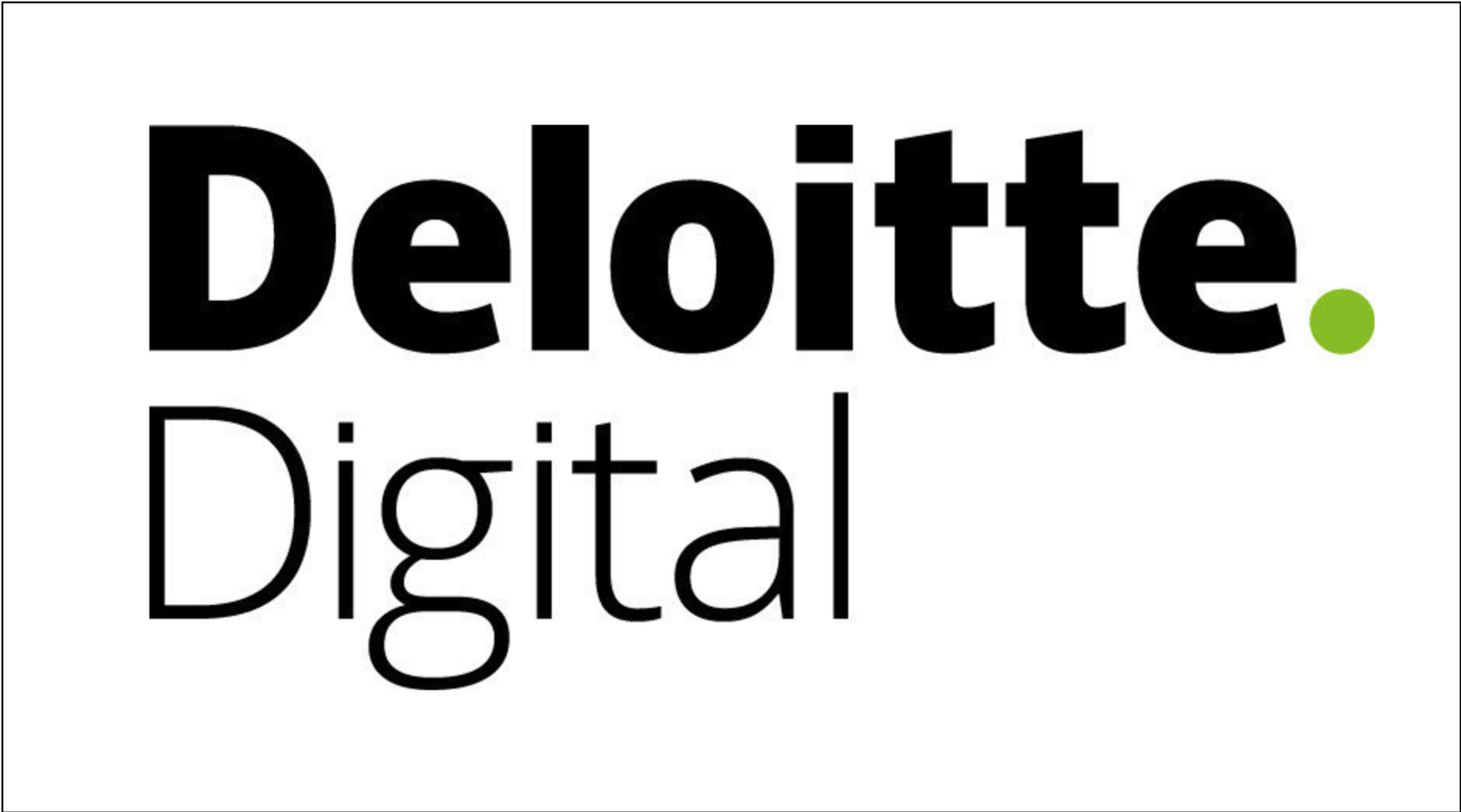By Chandan Mishra
As IT becomes a strategic capability in enterprises, the role of integration becomes only more critical.
If something is that important, then an IT organization better do it well. What’s the best way to ensure that an IT organization does integration well? By establishing an integration center of excellence.
Integration centers of excellence turn out to be a key part of a larger transformation of IT and the IT organization’s relationship to business overall.
In this post, I’ll take a quick look at how IT is changing, what that change means for integration and integration centers of excellence, and how the Boomi platform helps those centers of excellence deliver the integrations that digital transformation initiatives depend on.
Hear first-hand from Deloitte’s top business and technology strategy experts at Boomi World, starting tomorrow, Tuesday, November, 6.
See you there!
When IT Evolves, So Does Integration
Historically, enterprises have treated IT as a cost center. Basically, IT was a support service the organization paid for because it helped employees carry out the really important work: running the business itself.

But in the past decade or so, the role of the IT organization has changed. In a digital economy where operations run in the cloud, supply chains and logistics systems are highly connected and automated. Businesses interact with customers and partners 24/7 on mobile devices,
IT is much more than a way of cutting costs. IT has been transformed from an ancillary cost center to a central, strategic organization whose work enables the business to achieve its vision.
It’s nothing less than the arena where the enterprise either wins or loses.Are services reliable? Are they affordable? Are they innovative? Do customers love them, or do they switch to a competitor? The strengths and weaknesses of the IT organization determine the answers to all these questions.
What are the ramifications of this change? If IT is becoming a business enabler, then IT has suddenly become much more strategic.
Where does integration fit in here? Integration turns out to be the most important component of IT enablement. Integration means stitching different systems together. Without integration, the organization can’t complete any of its initiatives involving customer data, financial data, IoT data, faster service, faster time-to-market, more efficient supply chains, and so on.
For example:
- If customer data is stored in one system and invoicing data in another, and I want to stitch this data together, I need integration.
- If I want to eliminate errors and confusion in billing or in customer records, then I need a Master Data Management system that integrates with all my key business systems.
- Mobile delivery? I need to integrate back-off applications with web services and mobile systems.
Take any cutting-edge business initiative today, and you’ll find that it depends on integration.
Centers of Excellence Are Evolving, Too
As IT has evolved, so has the model for IT centers of excellence, including integration centers of excellence.
When IT was simply a cost center, the goal of any center of excellence tended to focus on costs. A center of excellence might strive to reduce capital expenses (CapEx), operating expenses (OpEx), or both.
But if IT is more than a cost center, then there’s much more to excellence than simply reducing costs.
At Deloitte, we see the center of excellence becoming the core service provider for any business unit that wants a particular service. If integration is the service required, then integration will be delivered through an integration center of excellence.
The center of excellence begins with building up a community of practice, establishing standards and building up competency inside any organization. What changed over these years is that it moved in from a service-oriented landscape, which is a typical SOA (Service-Oriented Architecture) — where you have standard composite services and orchestration — and each of these services are heavily built and tightly coupled with the other systems.
Today we’ve evolved from these services into more flexible, more robust IT environment – what we call the API landscape. The API landscape supports greater agility. It’s easier for applications and services to connect to the APIs, often using REST and standard connectors.
Accordingly, the integration center of excellence similarly has evolved from providing a bunch of services in a SOA service repository to a platform on top of which your application developers can start building. Through a set of centralized, best practices tools, information and experts, teams can create applications and combine data sources to streamline and automate any business function.
That’s the new roadmap we are seeing from our customers. There’s been a radical shift from a service-oriented landscape to a mostly API-oriented landscape. The change affects how integration is done, and the benefits that integration can deliver for the enterprise. This new approach to integration through a center of excellence also brings greater agility, scalability and efficiency.
Integration Centers of Excellence and Boomi
For Deloitte, Boomi plays a critical role in this new era for integration centers of excellence. The Boomi platform bridges the gap between four distinct layers of technology.
At the lowest layer are data models and core data services, which can be achieved using Boomi Integration and Boomi Data Hub for data quality governance and orchestration.
The second layer above this is the unified, low-code Boomi integration platform, which is your core composite service. If I want to build a service, I can create them easily in Boomi and provide the core foundation, or backbone, which will stitch all of your disparate cloud systems together.
The layer on top of this is the Boom API Management layer, which is essentially an API platform allowing developers to create different APIs at a very fast rate while also centrally managing their use.
And the top-most layer is Boomi Flow for workflow automation, which helps us define those business process flows accordingly.
By providing these four distinct layers in a single, comprehensive platform for the enterprise, Boomi has helped us at Deloitte as we work with clients, delivering integrations and building capabilities for integration centers of excellence.
The comprehensiveness of the Boomi platform is designed to support any integration center of excellence and its core mission to support standardization, efficiency and rapid development to power the business.


 English
English 日本語
日本語